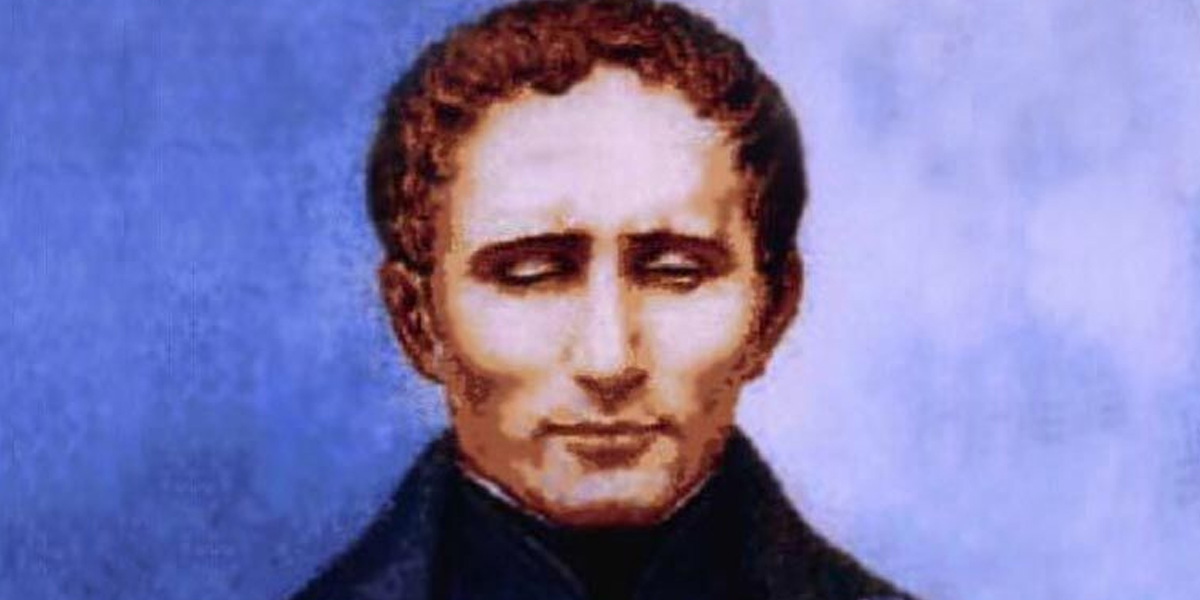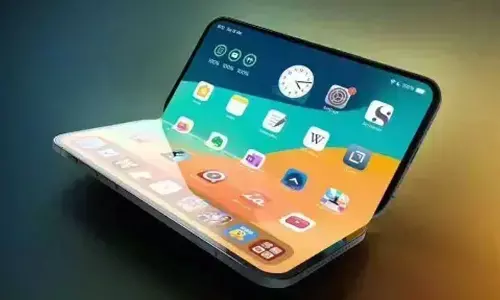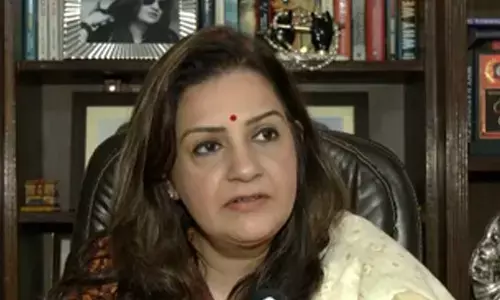The trailblazer of communication for visually-impaired

The Greek philosopher Aristotle said, Man is by nature a social animal an individual who is unsocial naturally and not accidentally is either beneath our notice or more than human Society is something that precedes the individual The phrase social animal justly conveys the very meaning that human beings cannot live in isolation
“Access to communication in the widest sense is access to knowledge.” —Louis Braille
The Greek philosopher Aristotle said, “Man is by nature a social animal; an individual who is unsocial naturally and not accidentally is either beneath our notice or more than human. Society is something that precedes the individual.” The phrase social animal justly conveys the very meaning that human beings cannot live in isolation. For being social, human beings need to enter into some or other kind of relationship with their fellow beings. It is the ability of humans to communicate with each other that makes humans different from other creatures of the earth.
Communication is the act of passing on information from one individual or group to another through the use of conjointly agreed signs, symbols, and semiotic rules. There is no second thought that without the ability to communicate, a person drops access to the information across-the-board. The five sense organs — eyes, ear, nose, tongue, and skin — play a crucial role in the entire process of human communication, of which eyes are most vital. The situation of the loss of Sense of Sight amounts to the nearly complete beating of access to non-verbal communication.
While the printing press was invented by Johannes Gutenberg in the mid of 15th century, the visually impaired people had no access to the printed form of communication for almost four decades. As a 12-year-old boy, Louis Braille, who was born on January 4, 1809, has changed the world of reading and writing for the sightless. Of course, he too was visionless. For being the architect of Braille system and as an aide-mémoire of the prominence of accessibility and liberation for those who are unsighted, every year January 4th is celebrated as World Braille Day.
Louis Braille was not visionless by birth. However, he became blind after a childhood accident. Unlike many people, he got to grips with his own way of living. Based on a system of writing developed by Charles Barbier, Braille created the system which is popularly known as Braille system, when he was barely 15 years old. Thus, by developing a system for the blind, Braille became the pioneer of communication for the visually-impaired. He had drawn inspiration from an unsuccessful military night writing code developed by Charles Barbier. The Braille system enabled blind people to read independently for the first time, and it was extensively adopted.
As a very long phase over and done, as a whole, over the years Braille was tweaked to make it serene to read — now it is used all over the world. In a similar vein, the media through which communication takes place has transformed in many ways. Accordingly, the communication channels for the visually-impaired have also been transforming. Right now, the Braille system has been adopted in many ways. For example, on June 06, 2018, easing of challenges faced by the visually challenged in using Indian Banknotes, the Reserve Bank of India has opened up new panoramas for making Indian banknotes more perceptible for the visually challenged.
In this technology-driven world, with the help of a Braille keypad, computer keying in Braille is also made possible. Alternatively, the same thing can be done using the regular computer keyboard where specific keys are defined for Braille use — this is known as direct entry of Braille. A different way of achieving Braille on a computer is to input text into the computer using the regular computer keyboard. The text is then translated into Braille through the use of translation software. In order to assist the unsighted users to read the text on the computer screen with a speech synthesiser or Braille display, there are a few software programs called screen readers — the interface between the operating system of a computer and the user.
All the above-mentioned communication advances have Braille system as their base. It is widely believed that Braille literateness is an important factor for achieving equal opportunities for the visually-impaired. Despite the fact that the sightless people can read and write, provisions are not made at many of the everyday establishments like railway stations, banks, hospitals, etc — they aren’t equipped with any signboards for the assistance of visually challenged.
It evidently indicates that the visionless are not offered equal prospects. The precise objective of World Braille Day is to spread awareness about Braille and other accessible forms of communication. On World Braille Day, let’s hope all the everyday establishments would strive and make things accessible for everyone — including the visually-impaired.



















